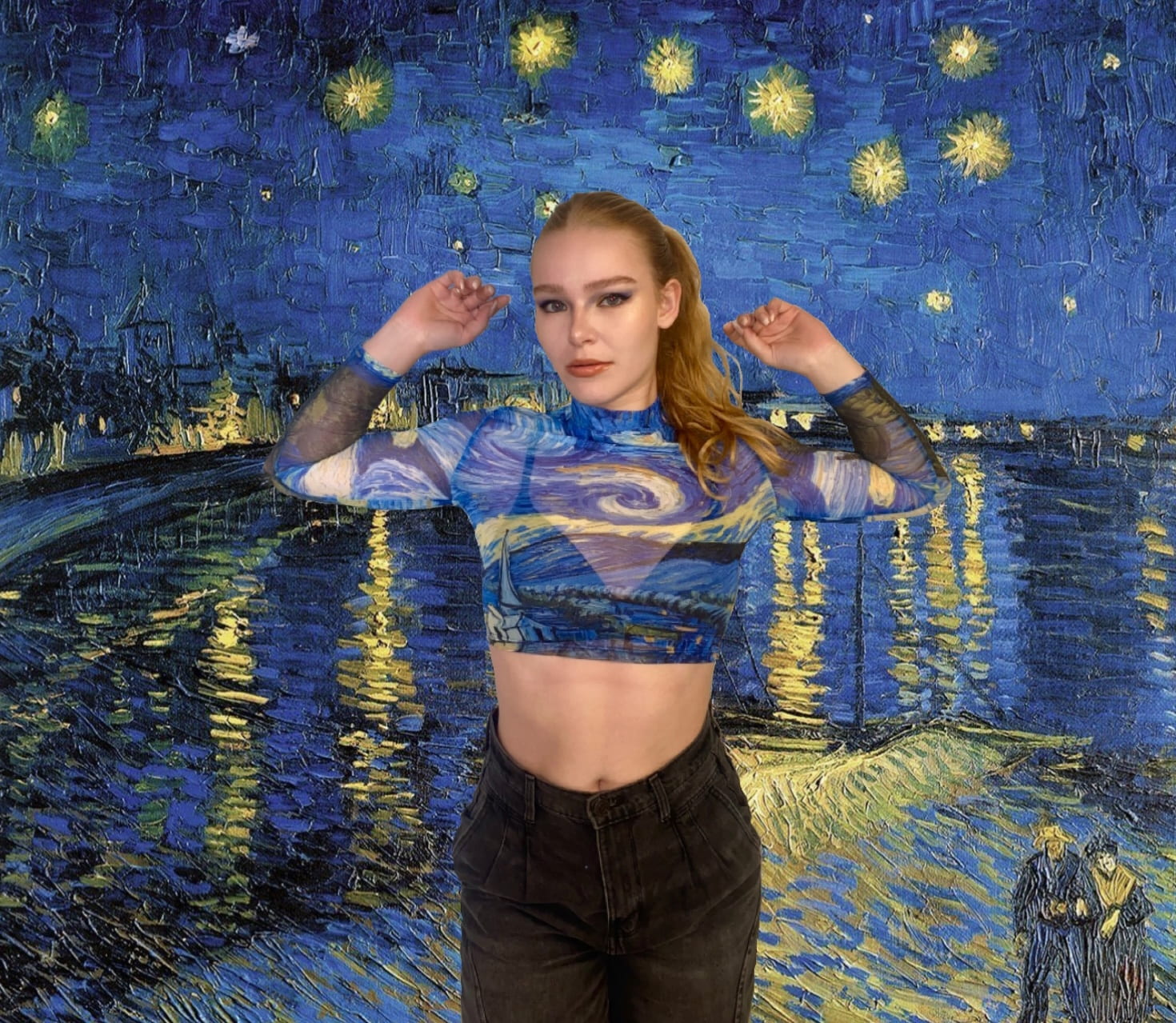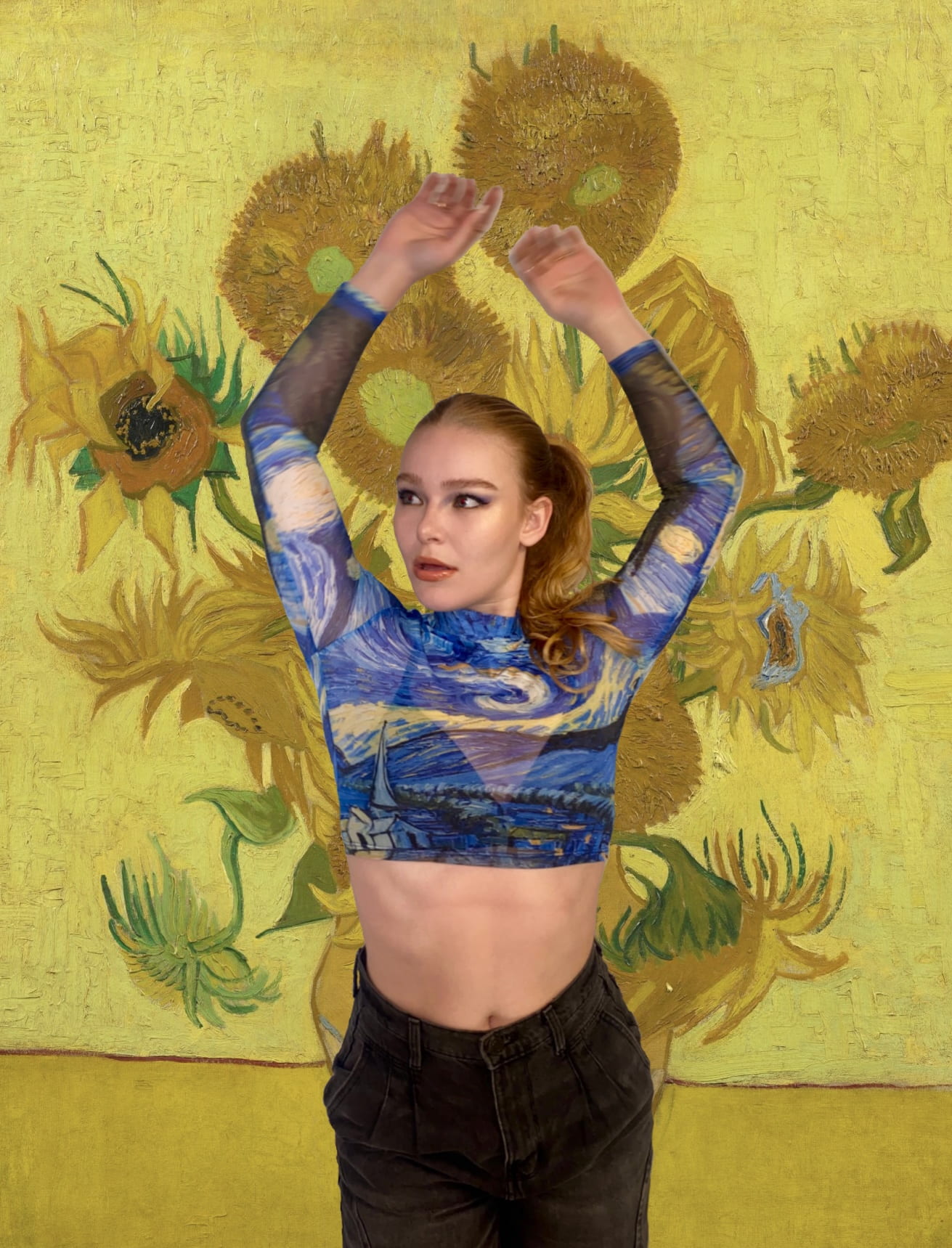
Life Imitates Art
Life Imitates Art. If you’re artistically inclined, interested in literature, or a Lana Del Rey fan, it’s highly likely you’ve seen this phrase before. Type it into Pinterest, and you’ll find that people love this quote; they repost it, they tattoo it on their skin, they use it as inspiration for their own art.
Maybe it’s the boldness of the statement, or the simple beauty of the short sentence that is aesthetically appealing. However, once we get past the aesthetics at the surface, there are some mind-provoking ideas behind the statement, ones that we can carry with us as we try to find the art in our own lives.

The statement, “Life Imitates Art” as we know it, is actually incomplete. In his essay, “The Decay of Lying- An Observation,” author Oscar Wilde wrote, “Life imitates art far more than art imitates life.” Not only did Wilde create this concept about the relationship between life and art, but he also sparked a debate about the real dynamic. While many people sided with Wilde, an opposing side argued that he had it wrong. How could life imitate art if human beings are the ones creating the art in question? I must admit, I found myself siding with the anti-Wilde crowd at first, but after giving it some more thought, I understand why the idea of life imitating art has so much more traction than its opposite.
I want you to imagine that you’re about to create a work of art- a painting, a poem, a carefully selected Instagram photo, any art will do. From the beginning, you have an objective: a vision of how your art will be perceived by the audience. The same is true in life; we begin every day with some sort of goal, even if it is a small one. Go back to your work of art now. At some point, you mess up. A stroke of paint goes astray, a line of the poem is poorly written, the photo isn’t edited the way you wanted. If you want to save your piece, you have to come up with a solution, and quickly. In life, we spend so much time improvising to make up for our mistakes. If we didn’t, there would be no point in trying to accomplish anything.

Thinking about our art again, I think it’s most important to note that our beautiful works are usually not purely ours. The inspiration we take from other people is what takes a piece from good to great. You make a painting of your muse, you write a poem about someone you love, you take a photo with people you want to remember. Think about your everyday life. When you succeed in something, who do you want to tell? When you fail, who do you run to for comfort? I’m not saying we need to depend on friends or loved ones completely- we need self-reliance to survive. But, without the inspiration we take from the people around us, there would be a certain emptiness that we can’t fill on our own.

So, after diving with me into the meaning behind a short but powerful quote, I hope I’ve convinced you that life does imitate art. If you’re still skeptical, I would encourage you to find a piece of art that truly moves you and think about how its creative process mirrors your own day-to-day life. I think you’ll find more similarities than you would have expected.







